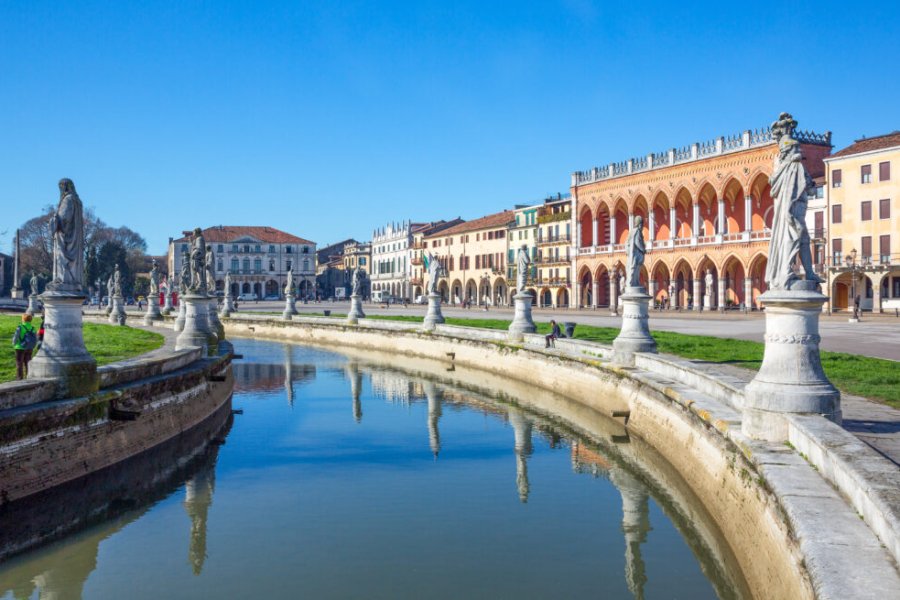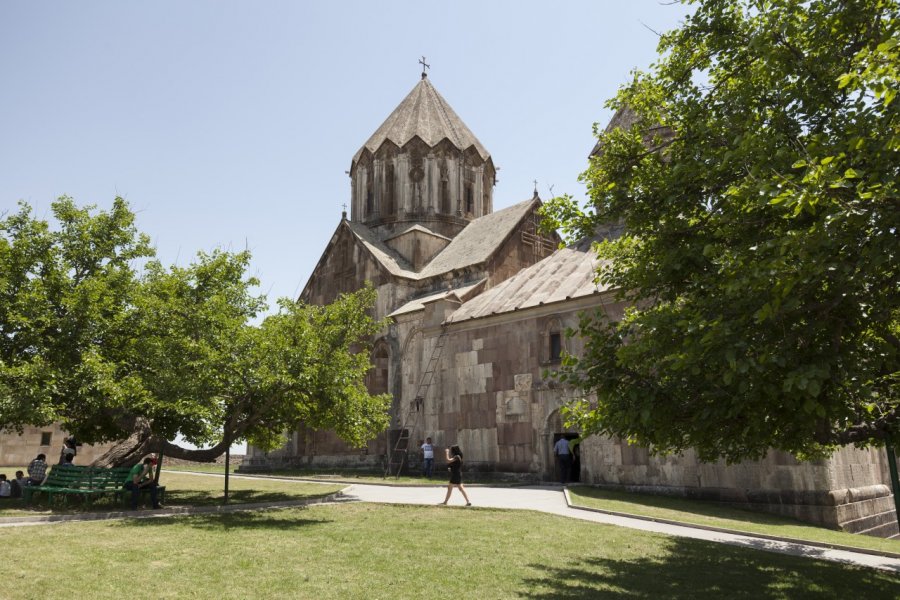Travel Guide Gandzasar
Find an accommodation
Advertising
Theoretically easily accessible since the construction of the north-south ridge, which runs along the Sarsank reservoir, the Gandzasar monastery and, further north, the Dadivank monastery (which came under Azeri control in 2020), are the jewels of Artsakh's medieval religious architecture. Embedded in superb wooded mountains, dominated by Mount Mrav (3,700 m), they deserve a stay, made possible by two unusual hotels in the neighbouring village of Vank, a folly due to an Armenian-Russian billionaire and benefactor born in the area. While the Gandzassar monastery is still under the jurisdiction of the Artsakh authorities and the Artsakh diocese, the same cannot be said for the Dadivank monastery, which the fall 2020 war threw back under Azerbaijan's authority. Located on the wrong side of the western border of Nagorno-Karabakh proper, Dadivank in fact belongs to the Kelbadjar district (between Armenia and Nagorno-Karabakh), which the Armenians had to return to Azerbaijan along with the other six Azeri districts they had controlled since 1994, under the ceasefire agreement they signed with the Azeris on 9 November 2020 It was with heartbreak that the Armenians bid farewell to this medieval monastery, all the more dear to their hearts as it was founded on the tomb of the Apostle Thadeus, which they had carefully restored, and whose priest in charge of the place of worship had to hand over the keys to the Russians, who were responsible for its protection. For their part, the Baku authorities handed over the keys of the monastery to a duly chosen Christian cleric, a member of the Uti minority in Azerbaijan. The several thousand members of this Caucasian-speaking (not Turkish) minority are presented in the Azerbaijani national novel in progress as descendants of the Albania (Aghovania) of the Caucasus, a principality whose territory extended over Artsakh and a good part of Azerbaijan until the 6th century; albania was then integrated into the Armenian kingship and church and was a province of the Armenian kingship and church when the Turkish tribes of Central Asia, from whom the Turkic-speaking Azeris are descended, swept through the region in the 11th century. Declared ancestors of the Azeris, the Uti are thus designated by Baku historiographers as the missing link that would allow Azerbaijan to claim the right of first occupant in Karabagh, where the Armenians, presented as usurpers of the heritage of Caucasus Albania, would not have their place. When they are not destroying the Christian Armenian heritage under their control, the Azeris are thus subjecting it to an enterprise of disarmament, substituting, as in Dadivank, an alleged Albanian or Ottoman identity.
What to visit Gandzasar?
Advertising
Suggested addresses Gandzasar
Weather at the moment
Advertising
Organize your trip with our partners Gandzasar
Transportation
Book your plane tickets
Car Rental
Boat rental
Accommodation & stays
Find a hotel
Holiday rental
Find your campsite
Tailor-made trip
Immersion travel
Services / On site
Activities & visits
Find a doctor






